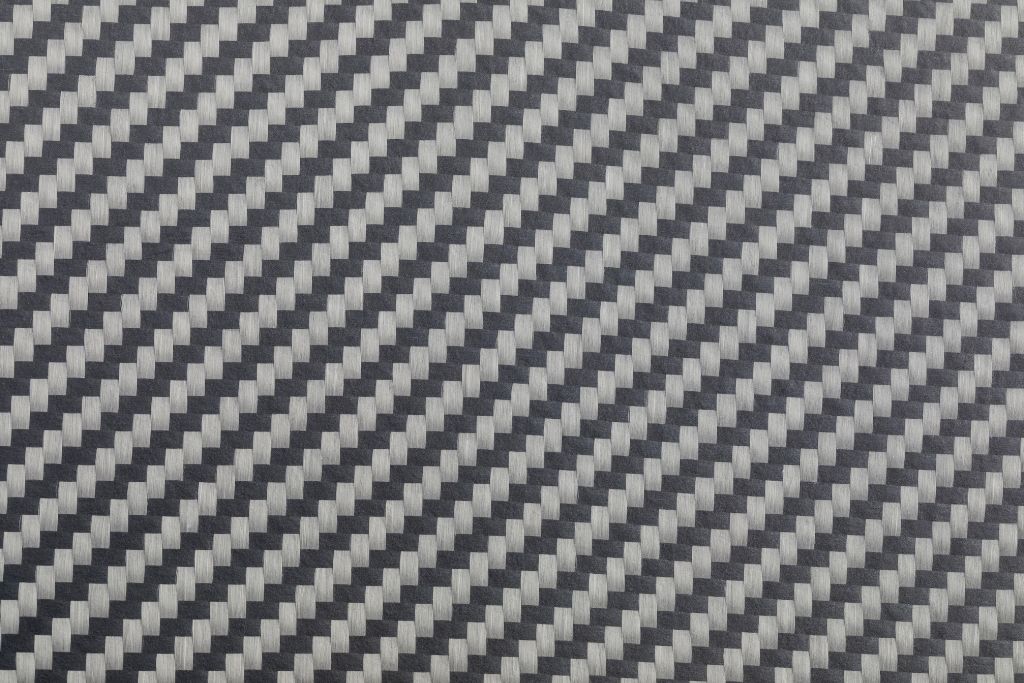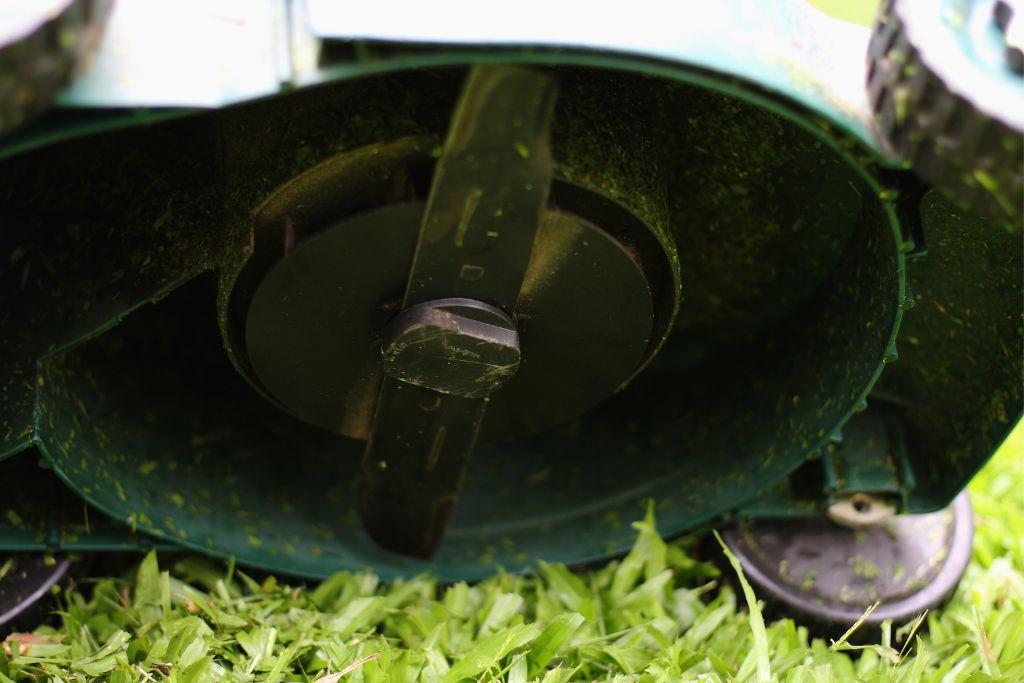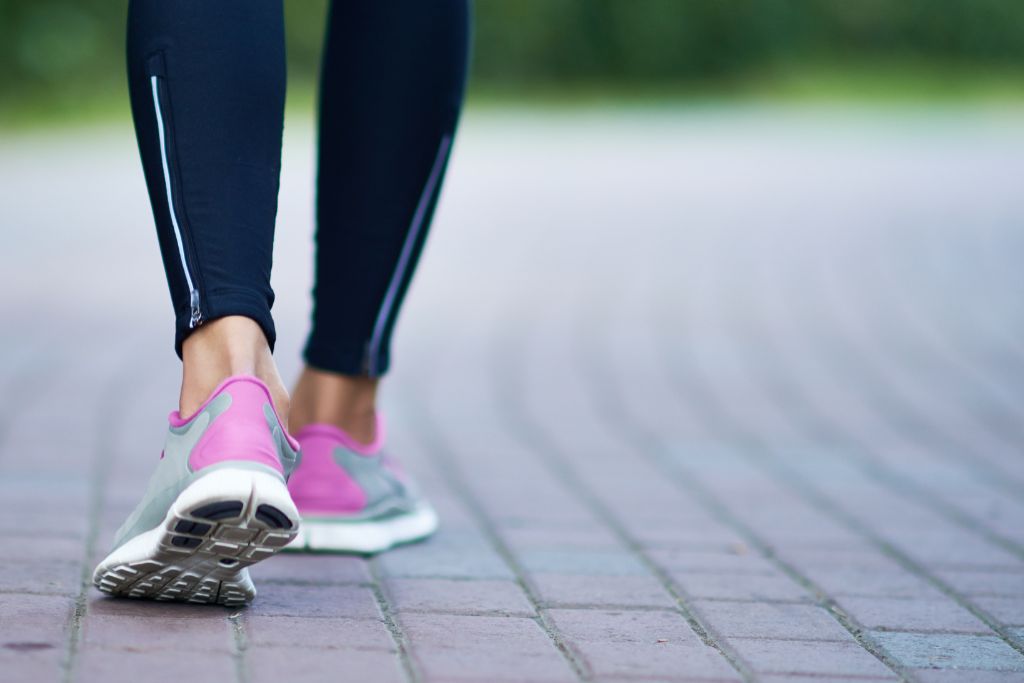
A running blade is a type of footwear that allows you to walk with your normal feet while keeping your legs flexible. The blade has a variety of benefits, from easing stress on your joints to improving balance. Running Blades is a company that specializes in blades. They sell a wide range of blades, from basic to high-end. They have a variety of colors and styles, as well as a variety of materials that they use. They also offer free shipping on all orders over $50! While using a running blade, there are a few things you should know.
Carbon-fibre-reinforced polymer
Carbon fibre-reinforced polymers are lightweight, durable and strong materials that are used in various industries. They are found in boats, aircraft, spacecraft, chemical processing equipment and civil infrastructure.
Composites made of fibers are thin, robust, and have high specific stiffness. Their applications are expanding into new markets. Composite materials are being tested in aerospace, automotive, marine, and sports goods. In the next few years, more applications are expected.
Typically, fibre-reinforced composites have a matrix composed of a thermoset resin system. The matrix helps give the composite its compressional strength. It also provides toughness and helps to absorb energy when under stress.

The fibers are usually glass or carbon. The matrix is normally a thermoset resin, such as epoxy, polyester, or vinyl ester. Various agents can be added to alter the material’s properties.
Carbon fibre-reinforced polymers have gained popularity in the luxury segment. Their manufacturing costs are yet to be overcome. However, these composites are suitable for applications in which high performance is needed.
Flex-Foot Cheetah
Van Phillips, a biomedical engineer, made the Flex-Foot Cheetah, which is a new kind of running blade. After losing his leg below the knee at the age of 21, Phillips went to work at the University of Utah’s Center for Biomedical Design. He wanted to design a new prosthetic that would be strong, flexible, and lightweight.
The running blade’s split-toe design and carbon fiber construction improve cornering performance while requiring less effort. Each Flex-Foot prosthetic is tailored to the needs of the individual user.
Phillips was inspired by the springy hind legs of the cheetah. To replicate the ligaments and tendons that the animal uses, he worked with an aerospace materials engineer to create a prototype.

Using 100 percent carbon fibre, a Flex-Foot Cheetah running blade is constructed for strength and flexibility. Its split-toe design also enhances multi-axial function.
While a traditional running blade is attached to the socket, the Flex-Foot Cheetah’s shape allows it to flex in response to movement. This allows it to store energy as the runner steps up and releases it as the runner steps down.
Biomechanics of walking with a running blade
The Biomechanics of walking with a running blade can be a bit tricky to navigate. There are several factors to consider. However, a running blade can be an effective if not entirely necessary aid to your walk.
Using a running blade for your daily commute will allow you to cut down on the number of steps you take, and help you get to and from work. Blades can also be a useful tool when you’re hiking, camping, or mountaineering.

A blade can be made from materials such as carbon fiber, glass, and hybrid fibers. They can be fabricated to simulate walking patterns or a running style of gait. Finite element analysis and gait analysis can also help determine how well your blade is doing.
Runners use a variety of skills to keep up with the competition. Among them are a proper running form, the ability to avoid stepping on objects, and the ability to handle the varying gradients of the track.
Challenges of using a running blade
Using a running blade to train can be difficult. It’s important to know what to expect. A blade is a prosthetic lower limb designed to allow runners to move at faster speeds than a traditional prosthetic.
The running blade is a curved piece of metal. It fits into a socket on the leg. Some para-athletes use blades for jumping events. However, most amputees don’t.
Para athletes don’t use motors to move their blades. Rather, they use a curved metal blade that compresses and re-compresses in accordance with the movement of the biological leg. They also glue rubber soles onto the blades to improve their performance.

Depending on the type of event, the blade may have spiked pads on the bottom. These help grip the track and keep the blade in place.
Runners using the blade often worry about losing it during a race. Although it is not a common issue, it has been reported. This can happen when sweat leaks through the seal.